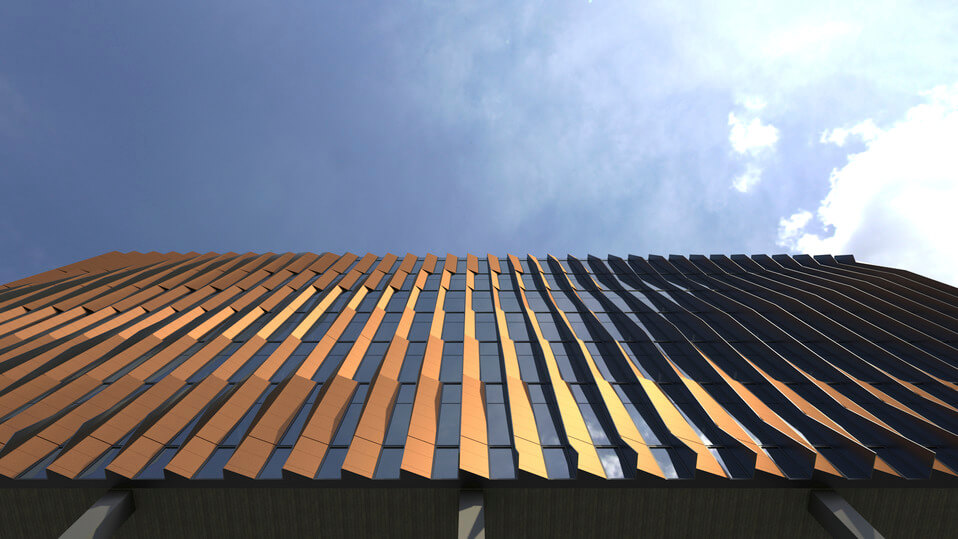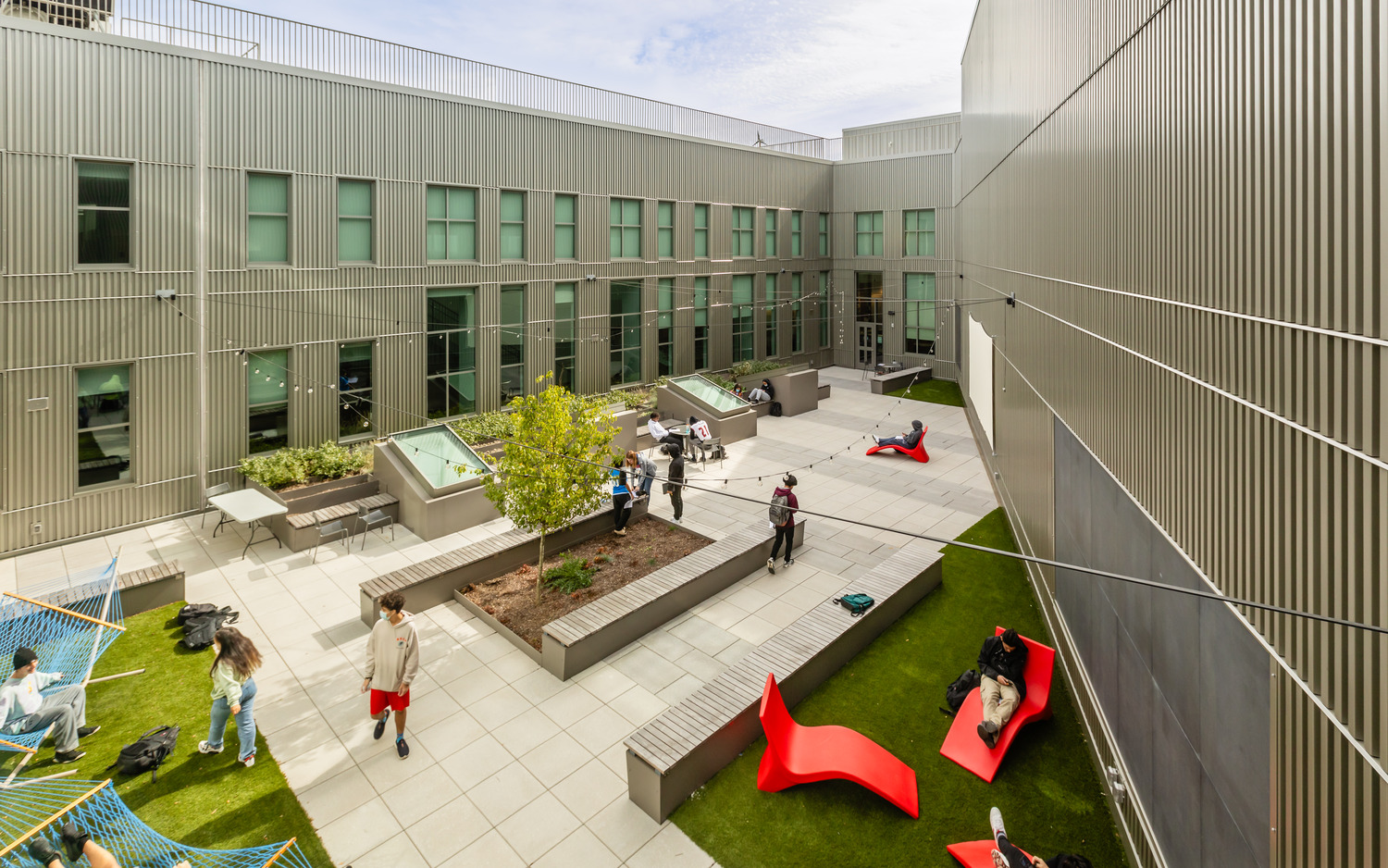
In the Boston area, the pandemic-era boom in life science development led to more companies being caught out by code and building restrictions.
We often hear from life science companies who signed a lease on a new lab building without fully considering whether these rules might limit their desired lab program.
Today, local regulators are applying even more scrutiny to lab building projects. New energy and building codes, particularly in Cambridge and Boston, are impacting how life science companies and universities can carry out their research.
In the face of these trends, future tenants must be strategic in deciding what lab building to move into. While there may be dozens of questions to ask about your potential new space, four stand out in importance.
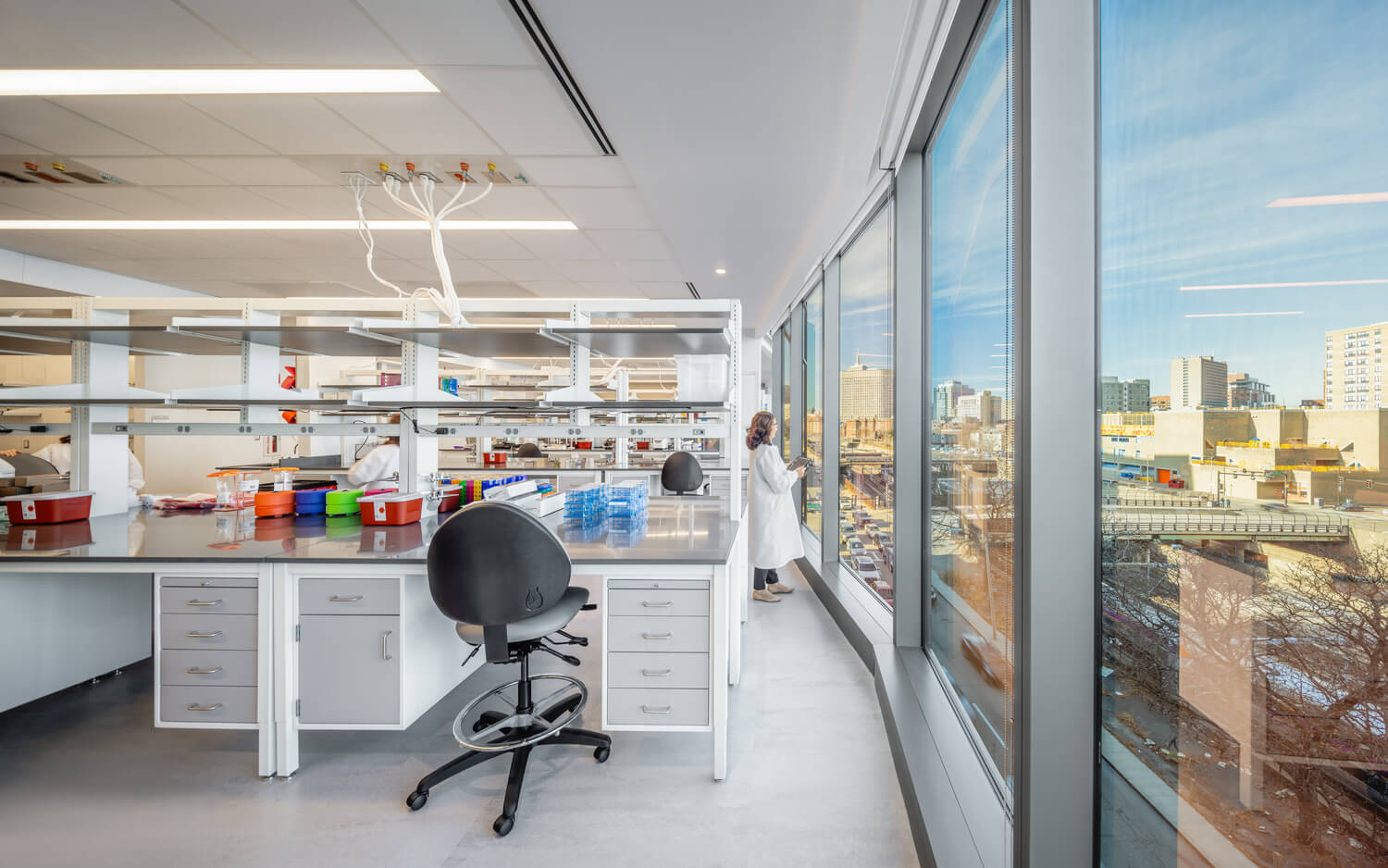
How New Energy and Building Codes Will Transform the Massachusetts Life Science Market
1. What are the building’s MAQs?
The most important code restriction for labs is Maximum Allowable Quantities (MAQs). Lab users need specific chemicals to do their work. Each floor of a lab building has a legal limit, or MAQ, that dictates what chemicals they can use, and how much.
Under current rules, companies with more chemically intense research needs (see Question #2) must locate this work on the building’s first few floors. The higher the floor, the greater the restrictions. This means that for most lab tenants the lowest floors are by far the most valuable space in lab planning.
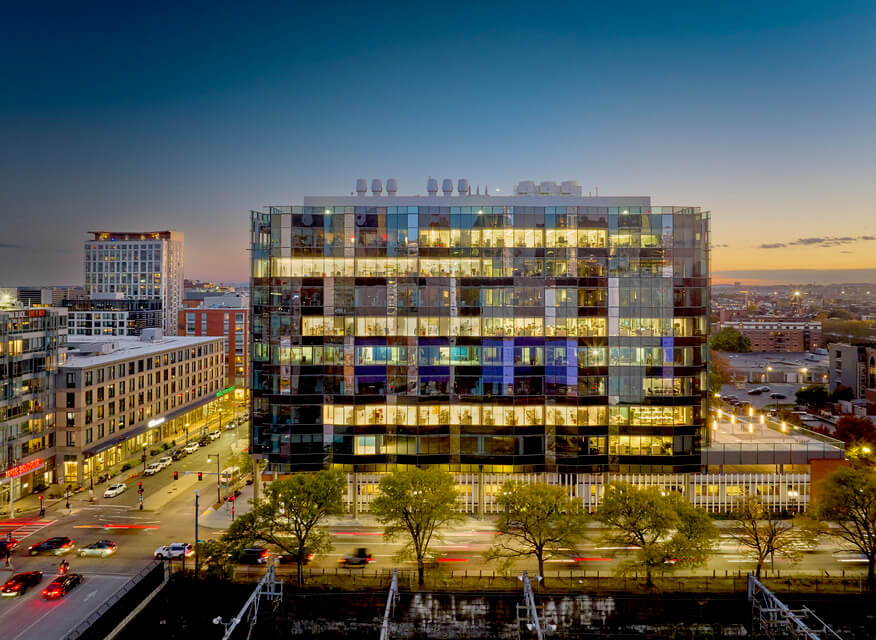
It is critical to lease lab space on floors that are conducive to the type of scientific work you wish to do. Understanding MAQs will allow you to maximize the potential of your research and eliminate the need for costly and time-consuming retrofits.
Good news has arrived with the newly proposed 10th edition of the Massachusetts Base Building Code. It promises to resolve contradictions between various code documents that have long caused disagreements between code officials, consultants, and MEP designers. Following California’s lead, the new codes may allow for lab development on higher floors, which until now has not been practical. At SMMA, we are already thinking about the design possibilities this may open for clients in Massachusetts.
2. What are my most restrictive lab spaces?
When planning a lab fit-out, tenants should prioritize the most restrictive spaces needed for their research. The most restrictive labs fall into two groups: hazardous chemical labs and labs with unique scientific or mechanical needs.
In the first group, specialized containment labs, such as such as cleanrooms, BSL3 or Category 4/5 labs, and chemistry labs, sit at the top of the hierarchy. Research in these spaces is hazardous by nature. As such, companies must be able to locate these spaces on the very lowest floors (see Question #1), while the building itself must be able to cope with extremely high HVAC loads. Even this is a starting point—BSL3 labs also require dedicated exhausts, customized ductwork, and strategically placed utilities and utility access points.
The second group includes vivaria, imaging labs, and cGMP labs. Each presents their own set of challenges. Take vivaria—to house animals in a downtown tower, your building must be able to accommodate bespoke HVAC systems and shafts. It must be vibration-proof: animals are extremely sensitive to even the smallest tremors. What is more, to protect multi-year research studies in the event of a power outage, your building must be able to accommodate an independent energy source and air make-up unit.
3. What is my sustainability potential?
Life science companies have a duty to operate sustainably, starting in the lab. But moving into an existing building, whether built for lab or converted from an office, comes with certain limitations. If you are not designing the building’s core and shell, you have no say over the most crucial factors that dictate its energy efficiency: the envelope, orientation, core mechanical systems, and ability to harvest energy onsite.
This makes it all the more important to choose a lab building that excels in at least some of these factors. A well-designed core and shell will allow you to reach more ambitious sustainability goals, no matter how you approach the fit-out. A good example is 10 Stack Street, a new core and shell lab/office building designed by SMMA for developers Catamount Management.
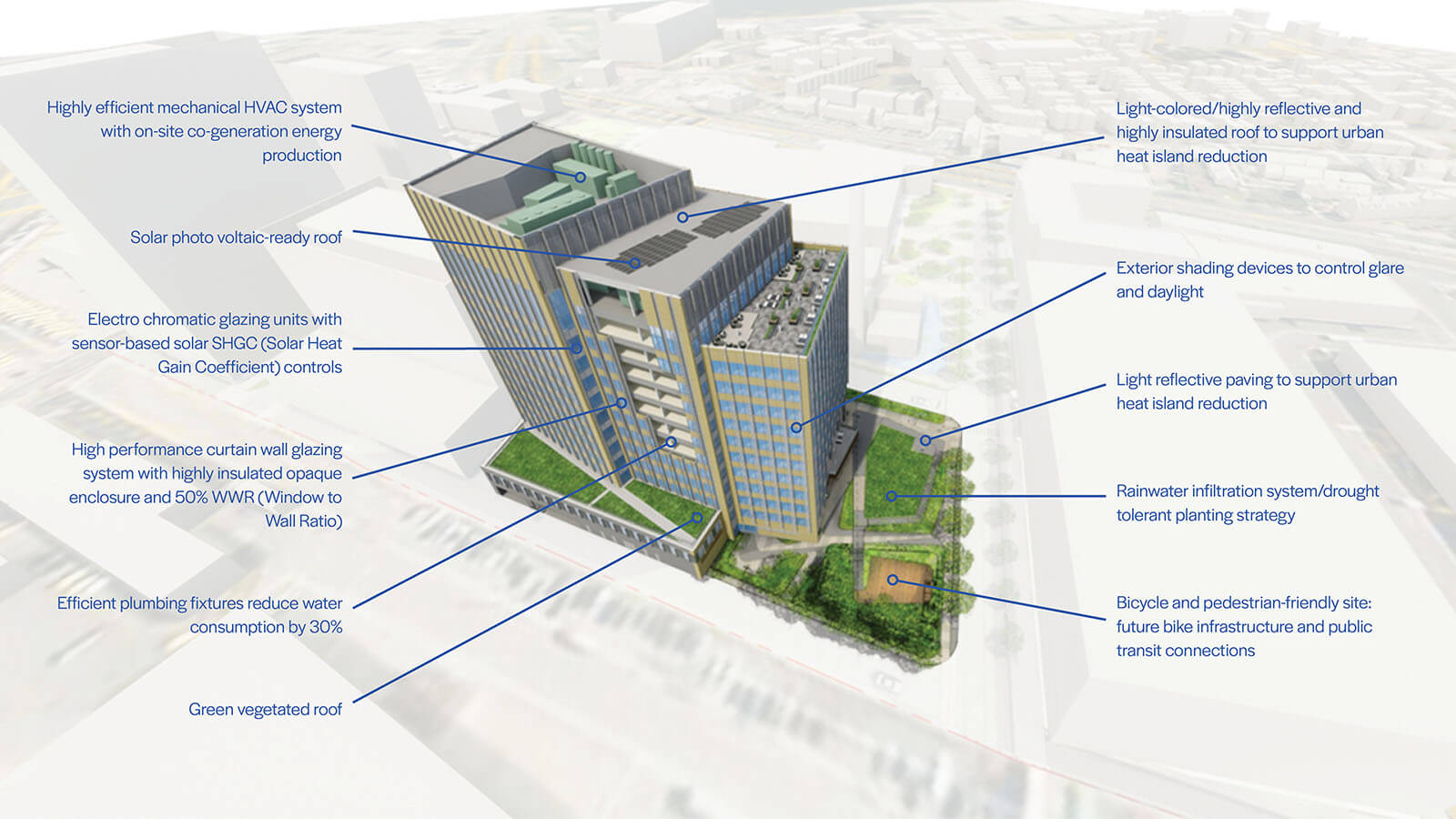
If you are fortunate enough to own your new building, you can achieve meaningful sustainability gains by upgrading the MEP systems you inherit.
This should include using a hydronic cooling solution instead of less efficient all-air systems; upgrading inefficient fume hoods to high-efficiency or ductless units; and designing a flexible lighting system with smartly placed fixtures and sensors.
4. What building restrictions will I face?
Aside from sustainability, lab buildings often come with practical restrictions that require careful lab planning. Again, moving into an existing building makes things trickier.
Labs must be designed around the features of the core and shell, such as loading docks, freight elevators, and shaft spaces. Depending on your research needs, many more factors may come into play: the building’s floor heights, weight loads, power limitations, fire ratings, and air-handing capability, as well as radiofrequency interference and vibrations from the surrounding area.


